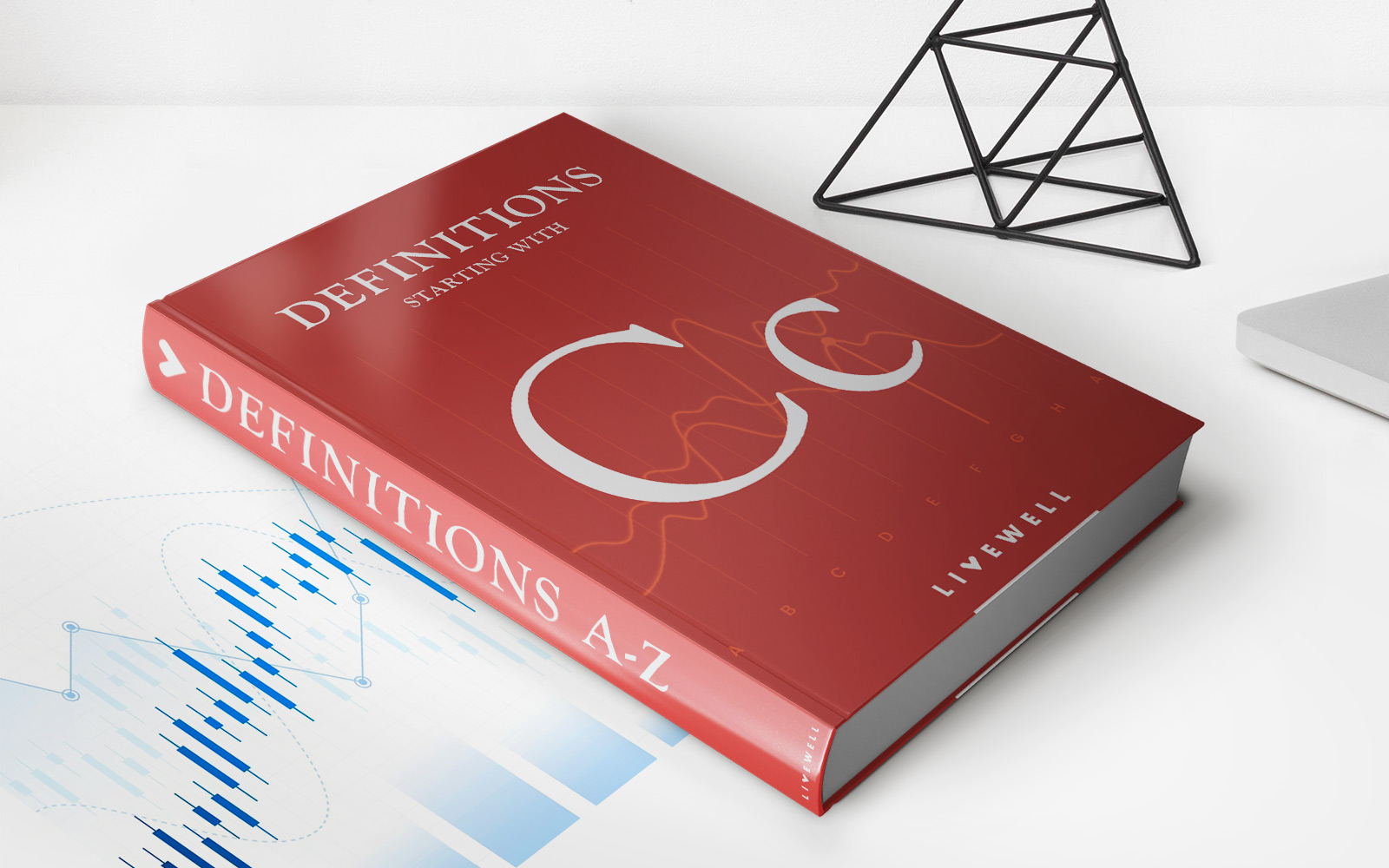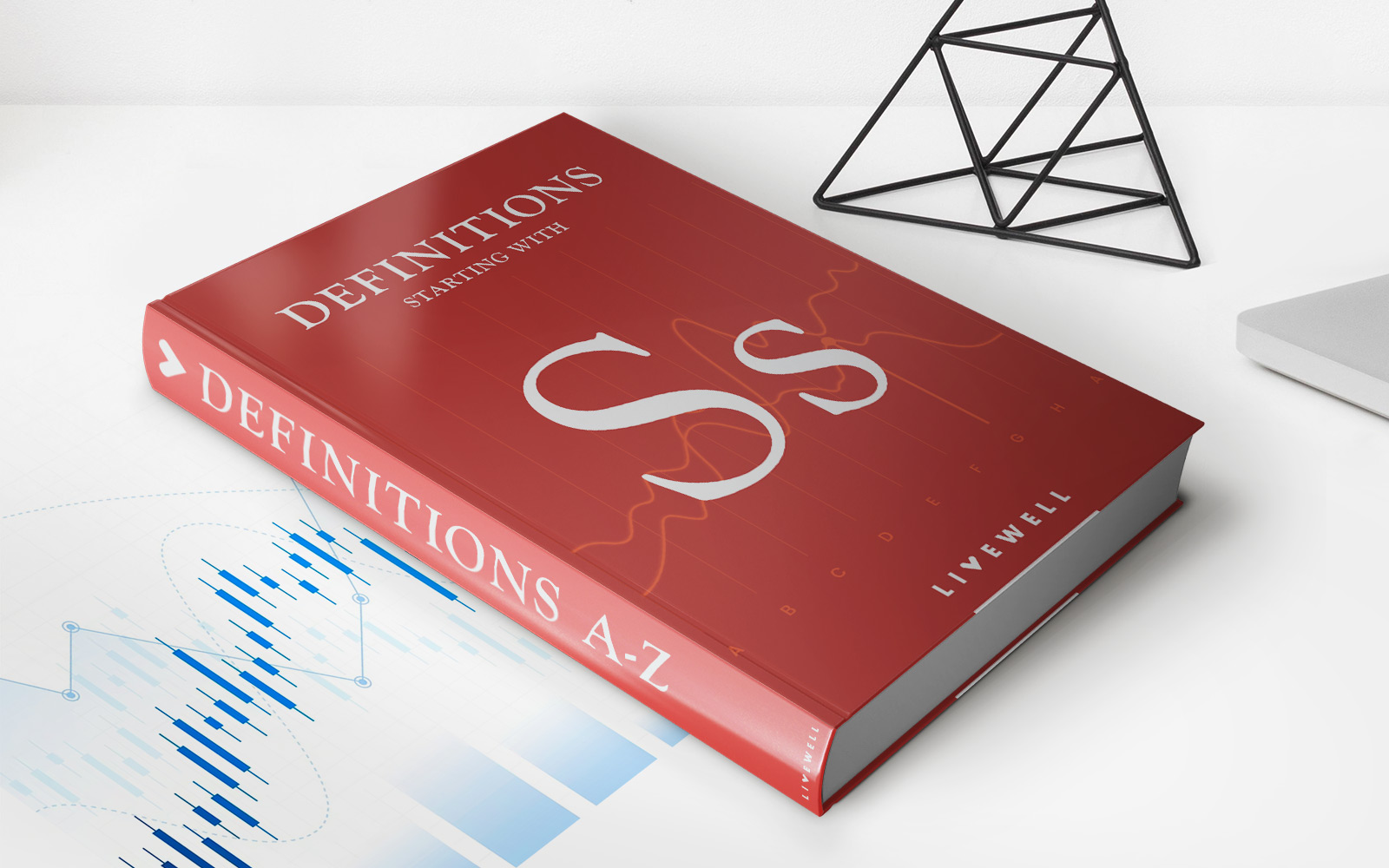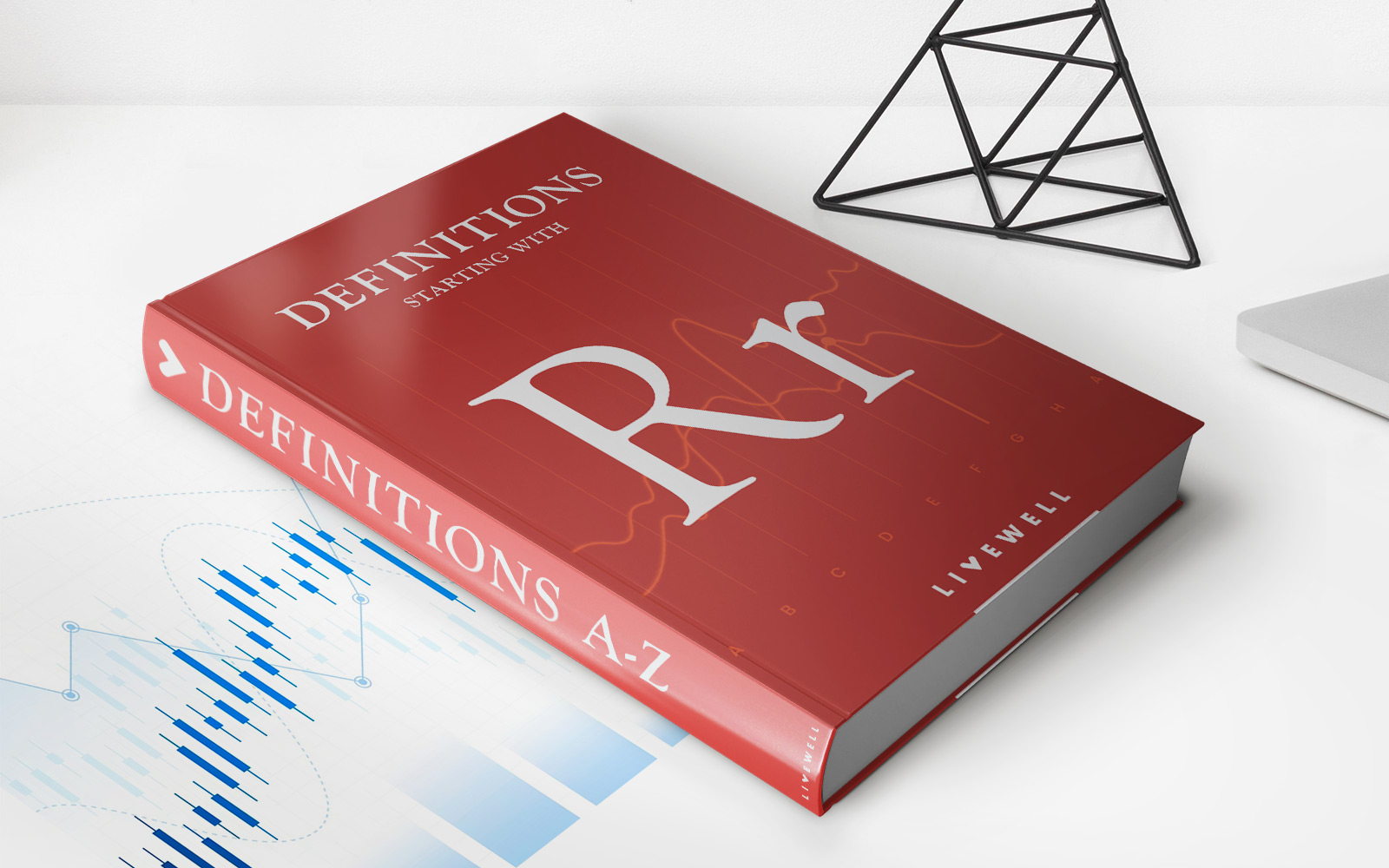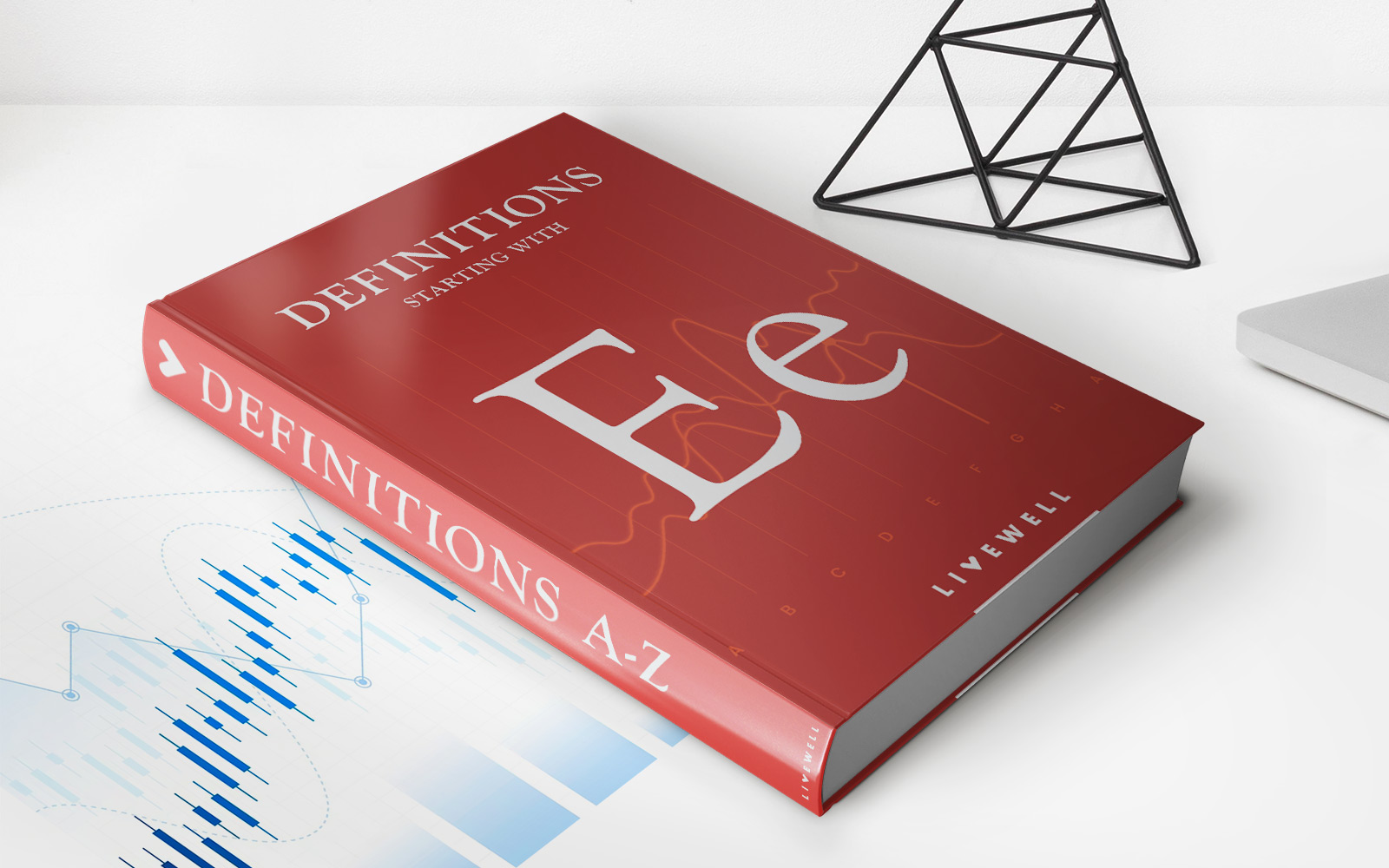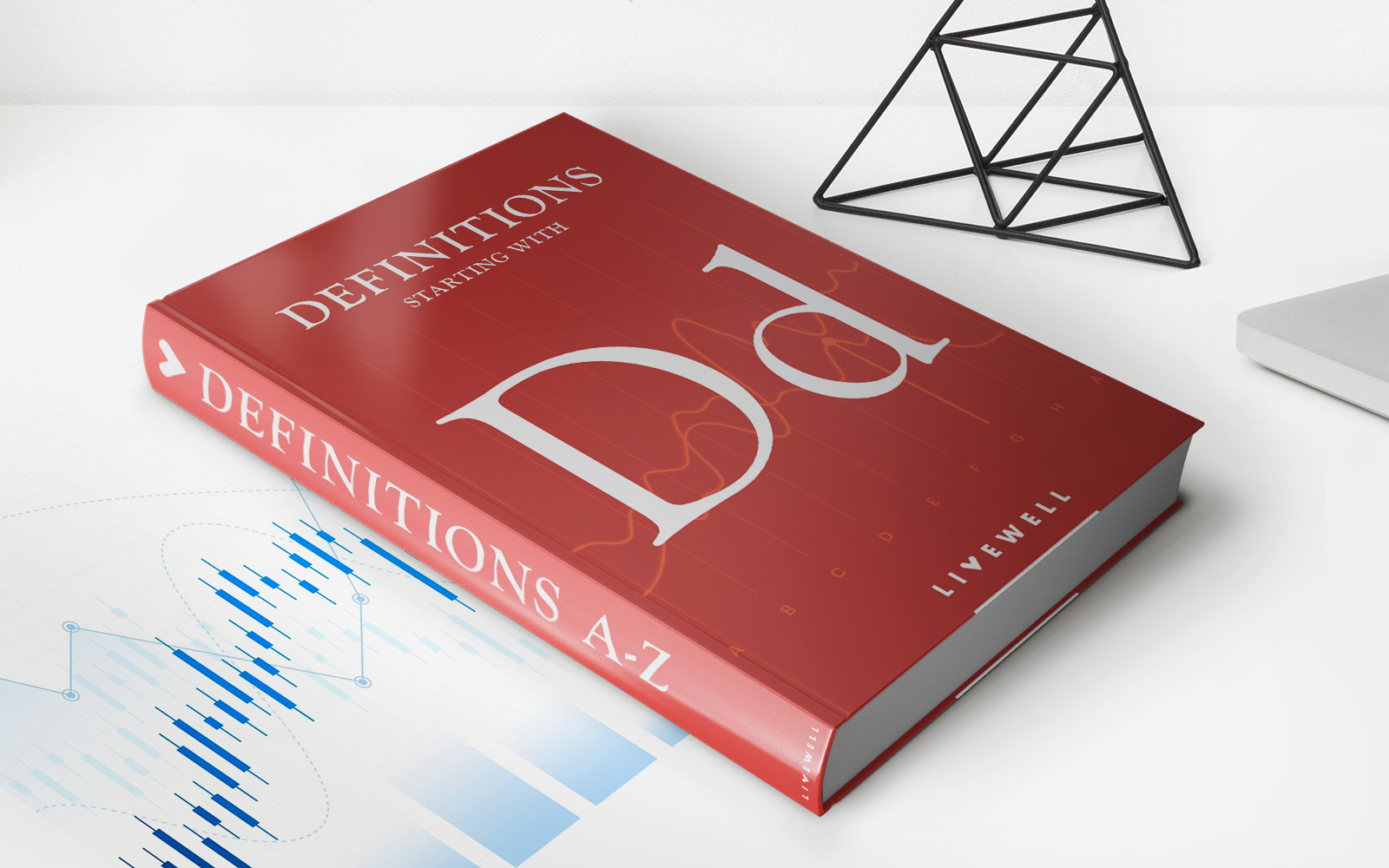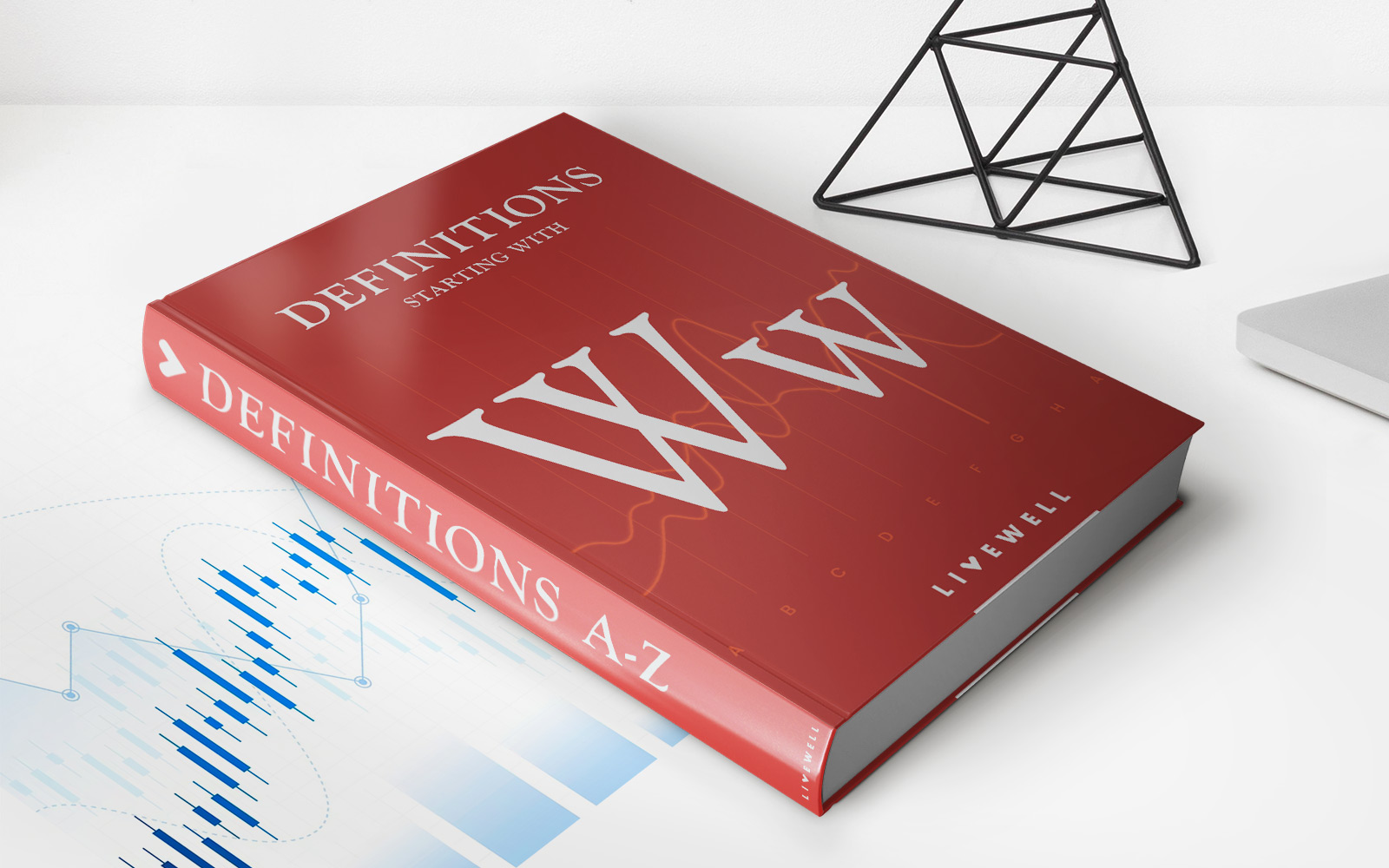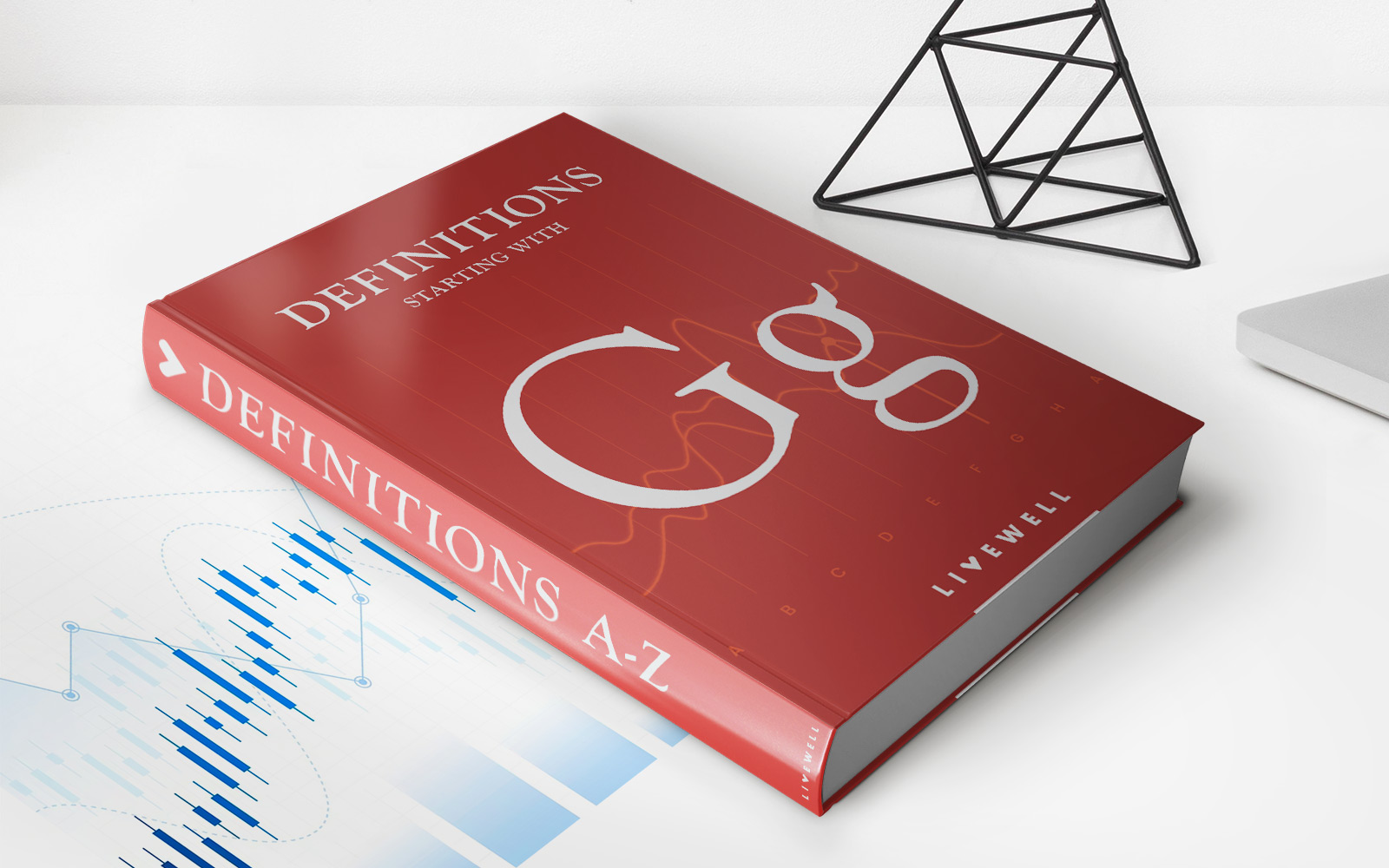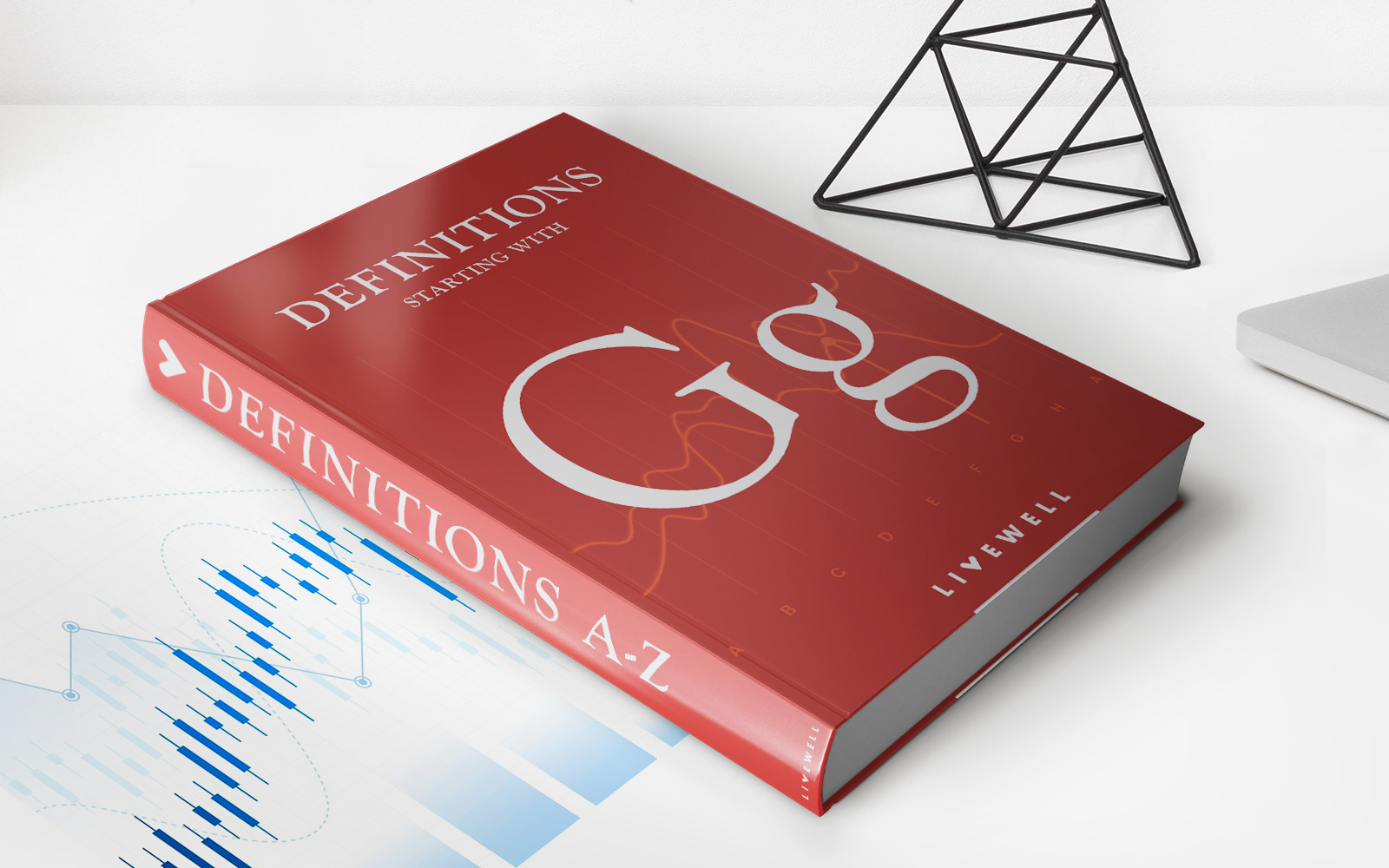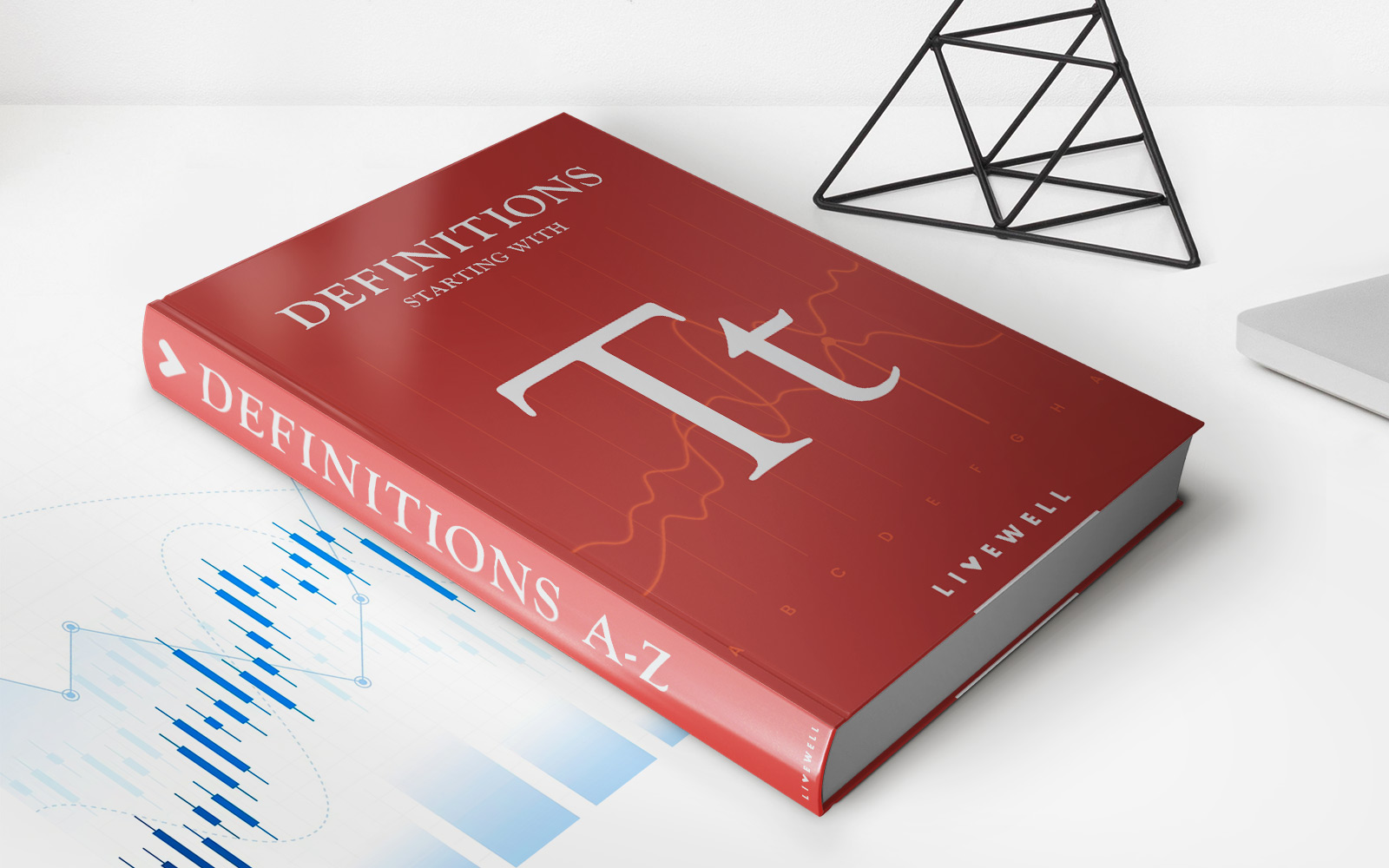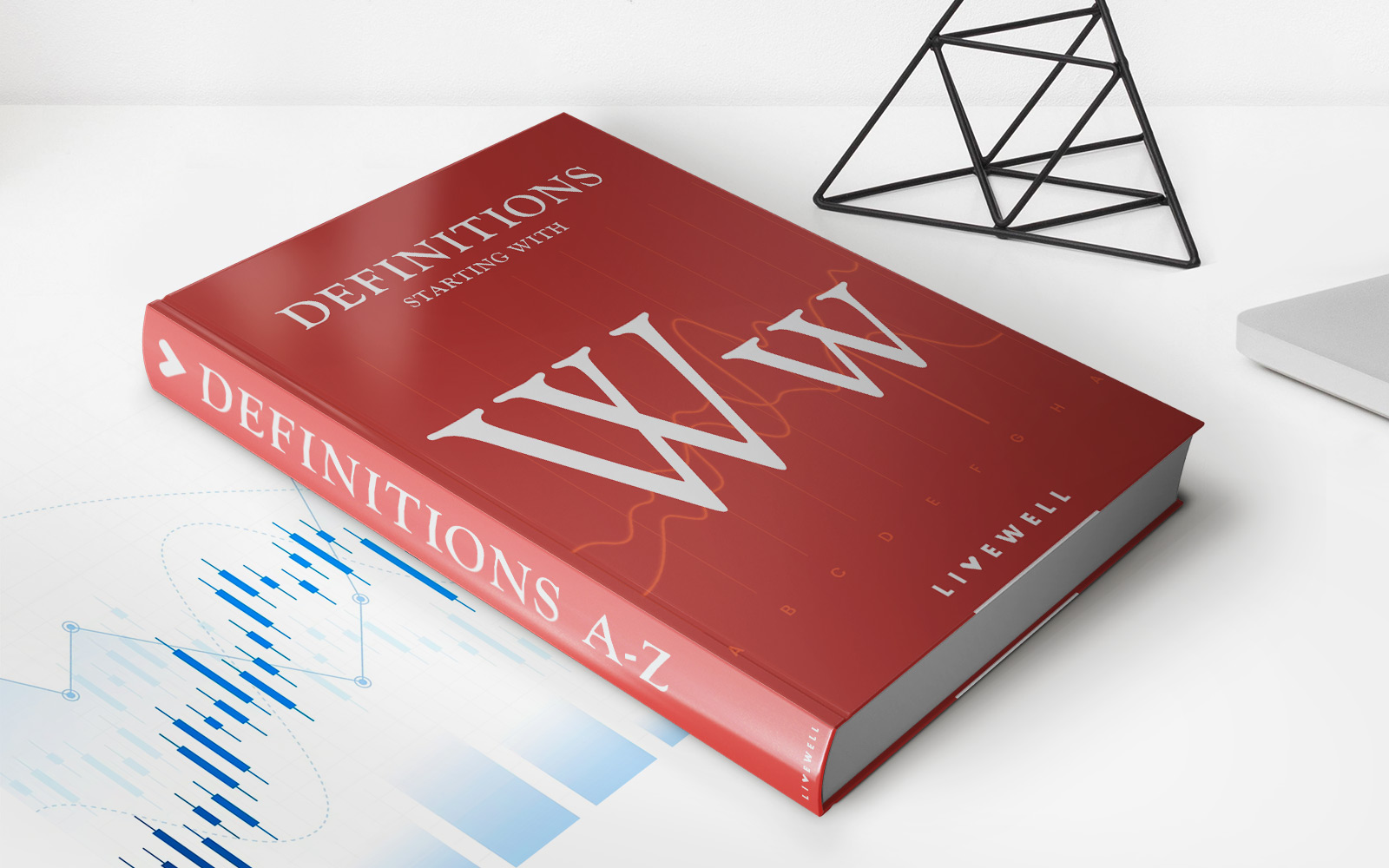

Finance
Pigou Effect: Definition, History And Examples
Published: January 8, 2024
Learn about the Pigou Effect in finance, its definition, history, and examples. Understand how this economic concept impacts markets and consumer behavior.
(Many of the links in this article redirect to a specific reviewed product. Your purchase of these products through affiliate links helps to generate commission for LiveWell, at no extra cost. Learn more)
The Pigou Effect: Definition, History, and Examples
Welcome to another informative blog post from the “Finance” category! Today, we will delve into the concept of the Pigou Effect, a theory in economics that explores the relationship between prices and consumption. If you’ve ever wondered how changes in prices can impact people’s spending habits, or if you’re simply curious to learn more about an interesting economic theory, then you’re in the right place!
Key Takeaways:
- The Pigou Effect suggests that a decrease in prices can lead to an increase in real wealth, which in turn stimulates consumer spending.
- This theory challenges the idea that falling prices always result in economic downturns, proposing that they can actually stimulate economic growth and encourage spending.
Now, let’s dive deeper into the Pigou Effect and uncover its definition, history, and some real-life examples that illustrate its principles.
Definition:
The Pigou Effect, named after the renowned economist Arthur Cecil Pigou, is an economic concept that suggests a positive relationship between prices and consumption. According to this theory, as prices decrease, the real wealth of individuals increases, leading to an increase in their purchasing power and subsequent consumer spending. This increase in spending stimulates economic growth, making it a countercyclical mechanism that can help cushion the effects of economic downturns.
History:
The Pigou Effect was first introduced by Arthur Pigou in his influential book, “The Economics of Welfare,” published in 1920. Pigou, a British economist, aimed to challenge the prevailing theory at the time, which asserted that falling prices would inevitably drive an economy into stagnation or depression.
By proposing the Pigou Effect, Pigou argued that falling prices could instead lead to increased spending, as the purchasing power of consumers would rise. As a result, the economy would experience a boost in demand, leading to economic growth rather than stagnation.
Examples:
1. Real Estate Market: When housing prices experience a significant drop, potential homeowners may find themselves with increased purchasing power. This increase allows them to afford properties they previously could not, driving up demand in the real estate market. Consequently, this increased demand stimulates the construction industry, creating jobs and promoting economic growth.
2. Consumer Electronics: Imagine a scenario where the prices of smartphones decrease suddenly. This price drop would allow more people to afford these devices, resulting in increased consumer demand. As a result, smartphone manufacturers would experience increased sales, leading to higher production levels, job creation, and economic growth.
The Pigou Effect, though not without its critics, provides an interesting alternative perspective to traditional economic theories. By proposing that falling prices can stimulate spending, it challenges the notion that deflation always leads to economic downturns.
In Conclusion:
The Pigou Effect offers an intriguing insight into the relationship between prices and consumption. As prices decrease, consumers’ purchasing power increases, leading to higher spending and economic growth. This theory provides an alternative perspective to conventional economic thought, challenging the belief that falling prices are always a cause for concern.
We hope you found this blog post insightful and enjoyed learning about the Pigou Effect. Stay tuned for more informative articles from our “Finance” category!
